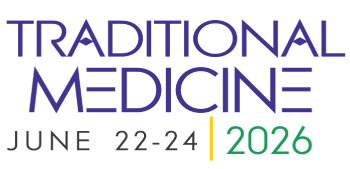Pharmacological Activities Of Medicinal Herbs
The use of medicinal herbs for medicinal purposes is an ancient practice that dates back centuries. Herbal medicine is based on the practice of using plants and plant extracts to support health and treat diseases and conditions. Traditional herbal medicines are still widely used today in many parts of the world, particularly in developing countries. The use of medicinal herbs for their pharmacological activities has been an integral part of traditional medicine and herbal remedies. Over the years, a variety of herbal remedies have been developed to treat various disease states. Compounds obtained from medicinal herbs have pharmacological activities such as antimicrobial, anti-inflammatory, antifungal, antihypertensive, and antioxidant properties. The active compounds present in medicinal herbs are mainly composed of secondary metabolites such as terpenes, alkaloids, glycosides, phenols, flavonoids, and polysaccharides. The pharmacological activities of these compounds are depending on their chemical structures, biologic sources, and therapy doses. The pharmacological activities of medicinal herbs include anti-hyperglycemic, anti-inflammatory, anti-microbial, anti-cancer, anti-diabetics, anti-allergic, digestive stimulants, and sedatives. Herbs used for medicinal purposes should be used with caution. Different herbs often interact differently and their combined effects can be unpredictable. When used therapeutically, herbal remedies can act as a form of complementary and alternative medicine (CAM). Advice from a healthcare professional should be sought before engaging in herbal therapy. Researchers are striving to understand the chemistry of medicinal herbs so that their use can become more evidence-based. Regardless of the direction of research, the therapeutic use of medicinal herbs continues to be an important part of traditional medical systems.

Kenneth R Pelletier
University of California School of Medicine, United States
Girish Momaya
Maharishi European Research University, Netherlands
Angela Sanda Tudor
Society of TCM from Romania, Romania
Julieta Andico Songco
JAS Consulting Services, United States
Debrah Nadler
Alzheimer’s Support, LLC, United States
Bhavna Singh
Mango Wellness, United States




Title : Functional integration of chiropractic into the traditional medicine paradigm
John Downes, Life University, United States
Title : Change your genes - Change your life: Sorting the hope from hype of human longevity
Kenneth R Pelletier, University of California School of Medicine, United States
Title :
Laure Le Corroller, Dr.& Master Sha Tao Academy, Canada
Title : The importance of integrating TCM with conventional medicine in the diagnosis and treatment of physical and mental exhaustion due to excess or lack of professional activity
Angela Sanda Tudor, Society of TCM from Romania, Romania
Title : Examining the factors that decrease and increase the effect of acupuncture
Yucel, Elonysia LLC, Turkey
Title : Painless scalp electroacupuncture therapy for autism spectrum disorder
Zhenhuan Liu, University of Chinese Medicine, China